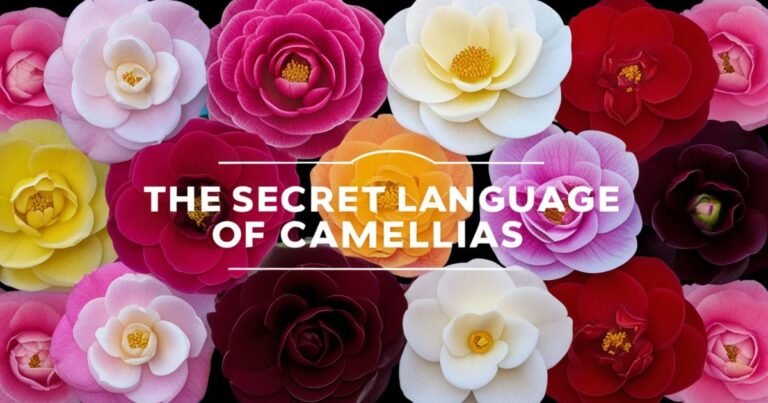Fibonacci Numbers Secret Formula – Unlocking nature’s Code
Unlocking Nature’s Code, the enchanting Fibonacci numbers secret formula, which starts with 0 and 1, reveals a remarkable framework underlying the natural world. When you take a closer look at a sunflower’s head, you’ll see that its seeds are organized in spirals that align with Fibonacci numbers Secret.
This arrangement maximizes packing efficiency and optimizes exposure to sunlight. Such an elegant design not only enhances the sunflower’s visual appeal but also boosts its reproductive success, drawing in pollinators like a magnet.
The Fibonacci numbers secret formula is evident throughout nature; from the complex patterns of pinecones to the smooth curves of seashells, this numerical pattern influences not just aesthetics but also structural strength and growth dynamics.
What are Fibonacci numbers secret formula flowers?
This sequence transcends mere mathematical interest; it offers a perspective that enhances our understanding of the beauty found in nature. Each number not only signifies a progressive increase but also embodies a balance that reflects natural development.

Take sunflowers, for instance: their seeds are arranged in accordance with Fibonacci ratios, maximizing both space and sunlight exposure, an ingenious creation by nature itself. This sophisticated layout ensures optimal seed packing, enabling plants to thrive while revealing their exquisite beauty.
These natural occurrences further, remarkable connections come to light. The foundational concepts of this sequence reveal a profound harmony between living beings and mathematical principles.
Even within our own bodies, these divine ratios are evident: the branching structures of our circulatory system and even our skeletal framework often correspond with Fibonacci numbers.
Why Does Nature Love Science?
In the vast expanse of the universe, nature and science engage in a sophisticated dance that goes beyond simple observation. Each new scientific discovery uncovers another dimension of this performance, offering insights into the intricate connections among living beings, their environments, and the forces at play around them.
When researchers analyze ecosystems, they reveal not only food chains but also complex relationships forged through evolution, such as the timeless dynamics between predators and their prey.

This knowledge allows us to appreciate how biodiversity flourishes through both collaboration and rivalry; every species contributes to an ongoing narrative of survival.
The fractal patterns observed in leaves can resonate with those found in spiraling galaxies, highlighting a universal language of design and structure.
Consequently, each field of study serves as an invitation to recognize the interconnected fabric of life, a reminder that all forms of knowledge are linked.
By fostering our curiosity about these connections between science and nature, we nurture a sense of responsibility for our planet and inspire future generations to explore its intricacies with respect for its richness.
What are Fibonacci numbers?
Fibonacci numbers, named after the 13th-century Italian mathematician Leonardo of Pisa, are generated by summing the two preceding numbers in the sequence.
It begins with 1, 1, 2, 3, 5, 8, 13, and 21 and continues indefinitely. In the 19th century, it was discovered that this sequence frequently appears in various natural formations ranging from the spirals found in pinecones to the arrangement of seeds in sunflowers.

Additionally, Fibonacci numbers have a strong connection to the Golden Ratio, a mathematical constant that has been significant in human culture for millennia.
A Rose By Any Other Pattern…
Just as roses can stir a wide range of feelings, patterns enrich our environments with their detailed designs and vivid textures. When we encounter a familiar pattern, whether it’s floral wallpaper in a snug living room or sleek geometric tiles in a contemporary kitchen, we are often whisked away into layers of memory and connection.
Each hue and form contributes to the narrative; vibrant reds may stir up feelings of passion, while gentle pastels can create a sense of calm. This unique ability to convey meaning beyond mere appearance elevates spaces from simple functionality to emotional sanctuaries.

Think about how the arrangement of patterns can shift our perceptions: a striking striped rug might make an expansive room feel cozier, while intricate lace-like stencils can visually widen walls and infuse your home with freshness.
Patterns have an almost magical quality; they can unify various elements or introduce charming contrasts that ignite curiosity. This remarkable flexibility encourages us to reconsider our surroundings, prompting exploration and contemplation every time we enter a space adorned with these artistic motifs.
Flowers that Means Loyalty
Flowers that mean loyalty carry deep emotional significance, often used to express unwavering commitment and trust. The blue iris stands out as a timeless emblem of faithfulness, its striking hue reflecting steadfast devotion.

Alstroemeria, also known as the Peruvian lily, represents lasting bonds and mutual support, making it a favorite in friendship bouquets. Even the humble daisy, with its simple charm, conveys loyal love and purity.

These blooms not only beautify spaces but also silently speak the language of loyalty, making them perfect gifts for cherished relationships.
Conclusion
In exploring the enchanting world of Fibonacci numbers, we uncover a profound connection between mathematics and nature that transcends mere numbers. From the spiral patterns of shells to the arrangement of leaves and petals in flowers, these numerical sequences reveal a hidden blueprint that governs the beauty around us.
This secret formula not only enhances our understanding of biological structures but also invites us to appreciate the artistry embedded within scientific principles. As we delve deeper into this mathematical marvel, we begin to see how nature embodies an intricate dance of order and creativity.
Let us embrace this wondrous interplay between math and nature, encouraging curiosity and exploration in our quest to unlock more secrets of the universe.
FAQS
Is there a formula for Fibonacci numbers?
Yes, there is a formula for Fibonacci numbers, known as Binet’s Formula. It allows you to calculate the nn-th Fibonacci number directly without needing to compute all the previous numbers in the sequence.
What is the mystery of the Fibonacci sequence?
The mystery of the Fibonacci sequence lies in its elegant simplicity: every number is the sum of the two preceding ones, creating a hidden rhythm in nature, art, and mathematics. This self-replicating pattern, starting from 0 and 1, weaves an infinite tapestry of growth, revealing a universal code that connects the smallest flower to the vast spirals of galaxies.
What is Fibonacci sequence in real life?
The Fibonacci sequence reveals itself in nature’s artistry, where its numbers and ratios shape the spiral patterns of sunflower seeds, the arrangement of petals in roses, and the symmetry of pine cones. These patterns optimize space and growth, showcasing math’s hidden harmony in the natural world.







